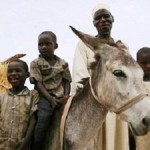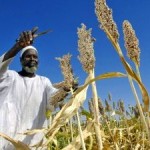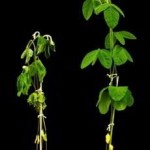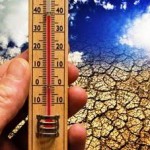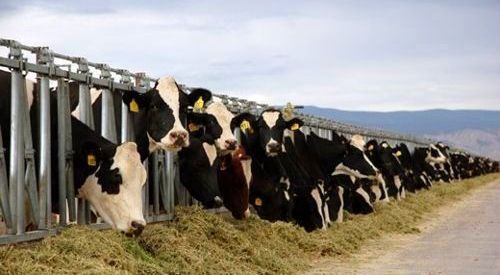 Human influence on global climate contributed to the causes of the 2011 East Africa Drought, according to new research by the Met Office.
Human influence on global climate contributed to the causes of the 2011 East Africa Drought, according to new research by the Met Office.
Millions of people in the region required emergency food aid after the failure of two rainy seasons – the ‘short rains’ (typically October to December) of 2010 and ‘long rains’ (March to June) of 2011.
Researchers used cutting edge climate change attribution techniques to quantify how the probability of these two unusually dry rainy seasons may have changed as a result of human influence on climate.
Dr. Fraser Lott, an Attribution Scientist at the Met Office and lead author on the paper, said, “We found that the particularly dry short rains in 2010 were most likely caused by natural variability. However, the chances of long rains as dry, or drier, as those of 2011, were found to have increased due to human influence.”
The study used state-of-the-art modelling techniques to see how likely the weather patterns that led to the drought were. They looked at both a world with mankind’s influence on climate, as well as ‘the world that might have been’ without manmade greenhouse gas emissions.
While there is evidence of substantial human influence on the risk of failure of the long rains in 2011, the magnitude of that increase is difficult to quantify.
This is due to uncertainty in the estimated pattern by which human influence has changed sea surface temperatures. Three different models were used to assess how the sea surface temperatures may have changed.
Initial research based on the three models suggests that human influence is to blame for between 24% and 99% of the increased risk of the dry conditions seen during the long rains season of 2011. Further research is seeking to narrow down on this figure.
Dr. Peter Stott, Head of Climate Monitoring and Attribution at the Met Office and co-author of the paper, said, “It is rarely possible to declare that an event is entirely caused by anthropogenic climate change and would have been impossible without it.
“This study shows that both natural causes and human influence combined to cause the East Africa Drought. In this case, while we know human influence played a role, there is considerable uncertainty about just how significant this was, highlighting the complexity of attribution.”
The concept that human influence could have “loaded the dice” in favour, or against, the occurrence of a particular drought, flood or heat-wave has become widely accepted by scientists, but this doesn’t mean that we are yet able to reliably quantify the changed odds of all occurrences of extreme weather.
The Met Office is playing a leading role in developing the science of climate change attribution, collaborating with international scientists in the Attribution of Climate-related Events Initiative.
Dr. Stott continued, “Our aim is to understand when we can reliably estimate the odds of particular types of extreme weather events and for which types of events further improvements are required.”
Source: Met Office Hadley Centre.




